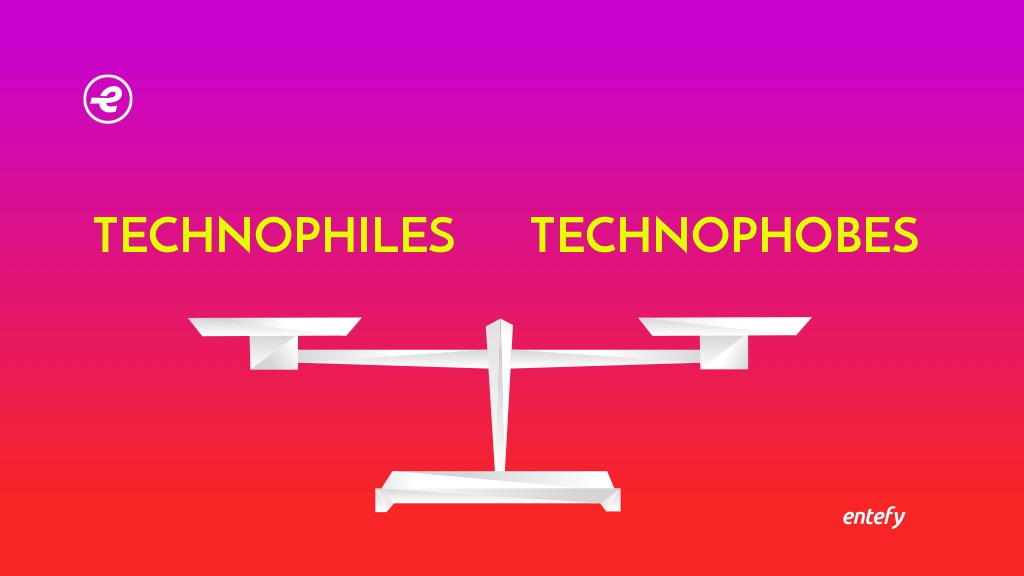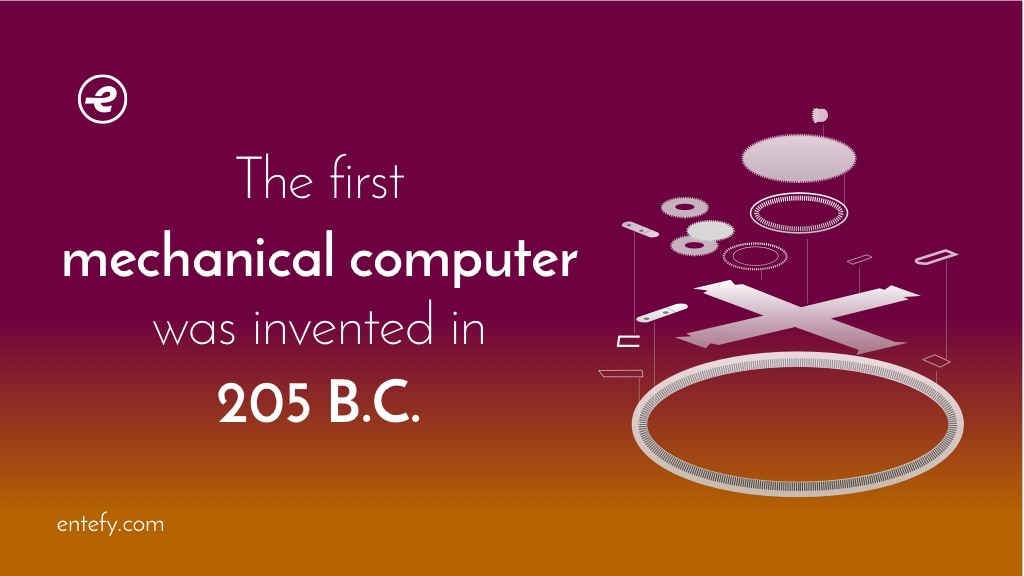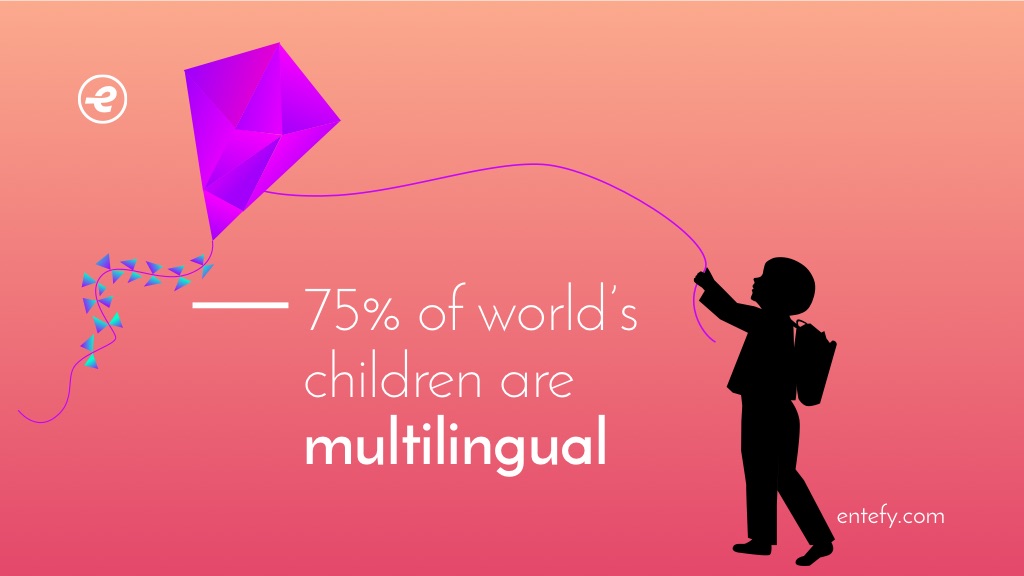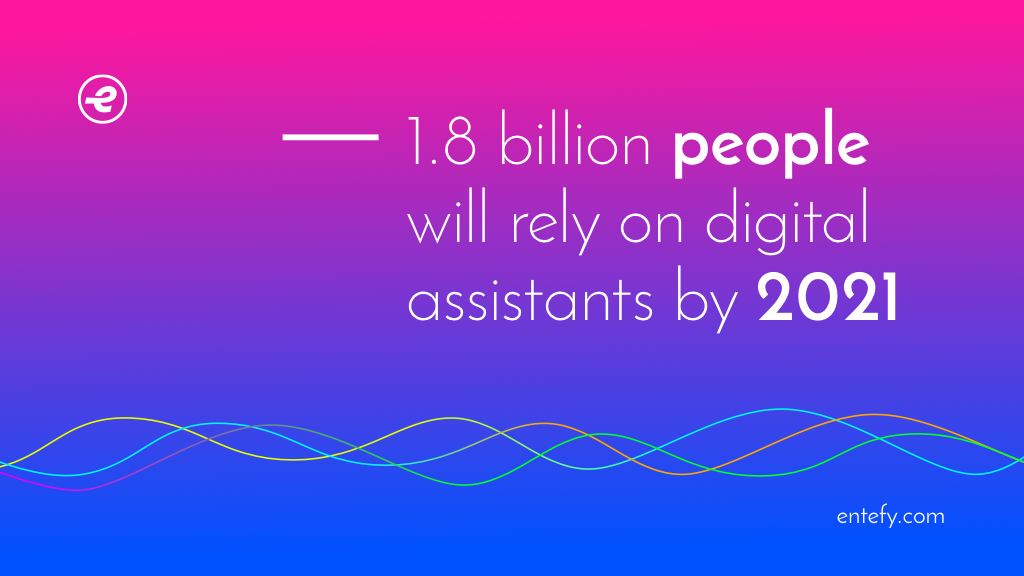A U.S. data security company recently discovered that a manufacturer of prepaid phones had designed its firmware to automatically send contacts, messages, and call logs to a Chinese server every 72 hours. Whatever the motivation behind this security backdoor, the functionality was not disclosed to users.
Knowingly or not, we’re handing over valuable personal data in exchange for using applications and devices—whether they’re free or not. This data collection enables services that can be useful, like location-based recommendations and personalized news content. But your personal information can also be turned into a product that is sold without you knowing anything about it, or used in identify theft and cyber stalking.
The important thing here is making informed decisions about allowing your information to be used. Which starts with knowing what data is being collected, and how it is being used. To help you better safeguard your digital life, here’s a list of data-trackers that you might not be aware of:
1. Ultrasonic cross-device tracking uses high frequency audio signals—that you can’t hear—to track your online and offline behavior.
2. Individuals can install software that informs them when you open their emails without you being notified.
3. Phone metadata created by calls and texts can reveal private information about you, like the status of your health.
4. If you download popular free apps on your Android or iPhone, it’s respectively 73% and 47% likely that your personal information has been shared with third parties.
5. Your browser settings and battery levels are “fingerprinting” that is personally identifiable and trackable across devices.
6. Frequent Locations on your iPhone records your every move unless you turn it off.
7. There’s a database of all of your search activity.
8. Hackers can follow you in real-time while you’re using a traffic app.
9. Major toy companies breached the U.S. Children’s Online Privacy Protection Act and collected data about children for third parties.
Digital trackers can be unnerving, especially when they are designed to be easy to overlook. Entefy is working towards a world where your digital communications and personal data are secure and private.








